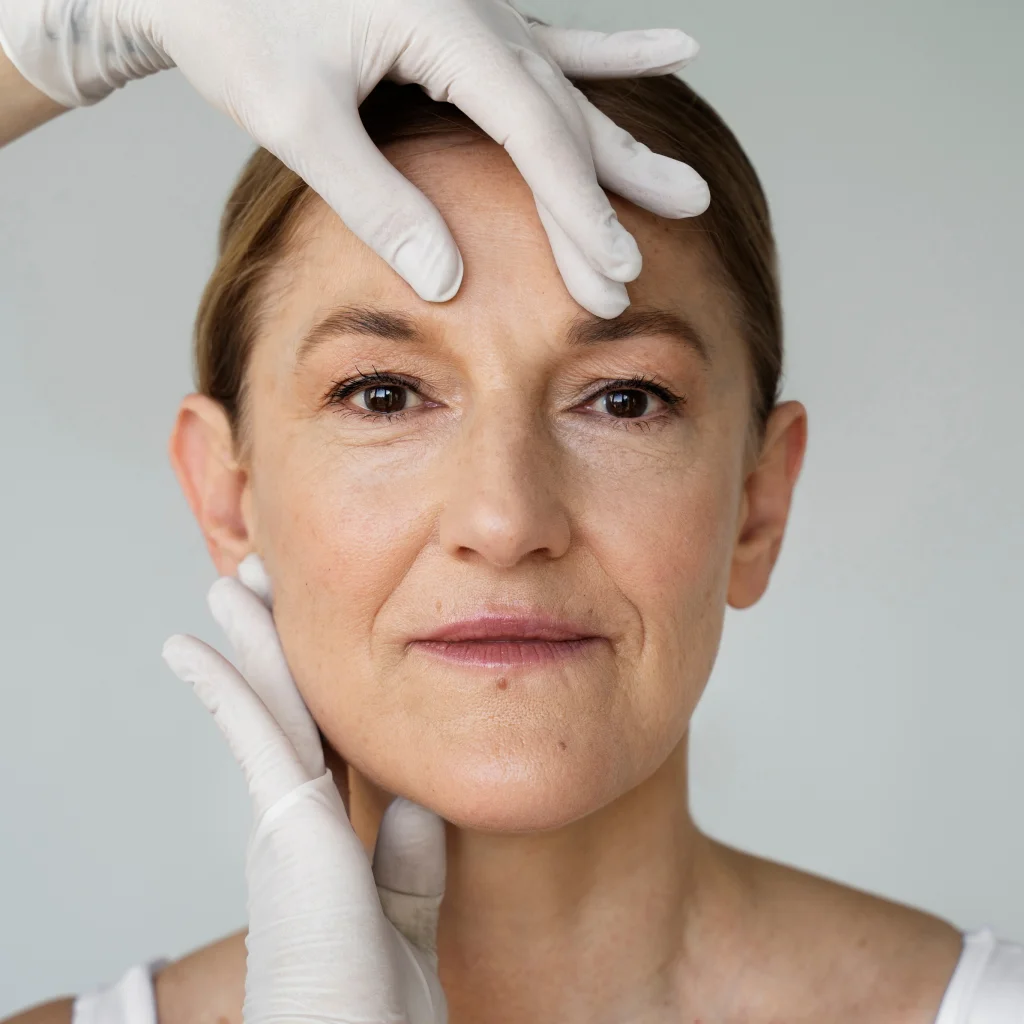They include a multitude of malformations, from simple hypoplasia to severe abnormalities, which are conformation disorders. These abnormalities create breast asymmetries. The aim of plastic surgery is therefore to restore the breasts and achieve symmetry.







